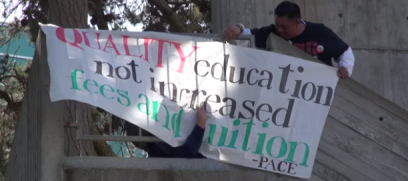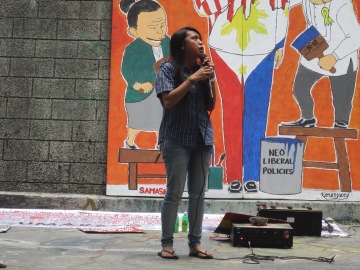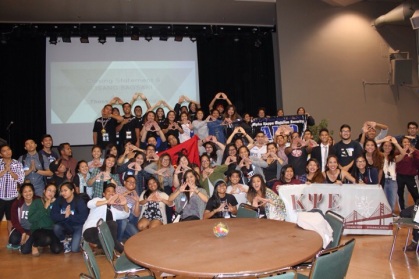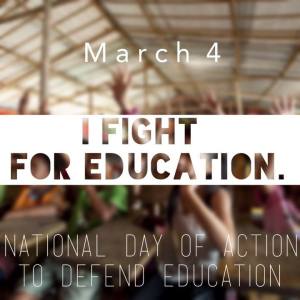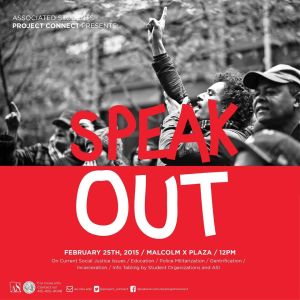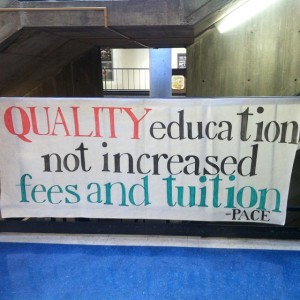By Daniel Mariano
Oiá:ner: There is talk amongst the other nations of moving west… Away from the war… Perhaps it is time we considered such a thing.
Ratonhnhaké:ton: No. We stay. This is our home.
Oiá:ner: But for how much longer? And at what cost?
Ratonhnhaké:ton: I will make it safe.
Oiá:ner: Oh, my child… We cannot change what is to come. Though we might abandon this land… We will not abandon our ways. We carry home in our hearts.
(Assassin’s Creed III, 2012)

I never thought I had a particularly complicated definition of what “home” is but for me, home is not limited to a place but can go as far as to encompass a state of mind. As someone that spent much of my adolescence travelling and moving homes, I felt like something of a nomad so to speak. More often than not, I had to find a way to fit in at the schools I transferred to. I always had to work to make friends and find where I belonged. As time went on, my definition of home went from somewhere I could sleep at night to a feeling of contentment and belonging. The people I met and built relationships with would not always be meant to remain in my life in the long run, especially during the times I transitioned from high school to college to post grad life, I would always carry my memories and experiences with me and allow them to fuel my growth as a person.

College was especially a time when I really let my guard down for people and put more effort into developing my relationships with others. I came to college with the intent of joining a Filipino organization or club and PACE was the first one I found on my first day of college in Fall 2010. From that day forward, PACE became a home for me every year for as long I was in college. It was the first place in a long time that I felt like I could be my loud, abrasive self and still get a measure of appreciation from people that seemed to just “get” my personality (although I did admittedly drive away people that were taken aback by that same personality but I couldn’t care less about them anyway). It got better when I finally took part in PACE’s internship in my third year with the organization after constant heckling. Even though internship for me at the time ultimately ended up being little more than weekly simp hour, having that space to let myself feel vulnerable and open with a group of people and have them reciprocate that trust and do the same with me. It was probably one of the only times I ever felt like I could lay out all my imperfections for people to see and I be okay with that.

Something that I noticed is that after internship, many interns tend to find themselves either hovering around aimlessly or simply leaving the org altogether. My experience in internship and my AAS classes opened up more opportunities for me. I got to find an outlet for my passion for journalism and writing through this newsletter, dabble in community organizing and learning about the ongoing Philippine struggle for a National Democracy with the League of Filipino Students (LFS-SFSU), and take part in my first PCN with Inner Sanctum last school year. Being able to further my interests and have the confidence to broaden my horizons even more so with the support of the people I cared about gave me that feeling of home, like I could be my true self while continuing to grow. As my collegiate life began to draw to a close, I knew that even though I was leaving, I always had a home because I carried it in my heart through my memories and experiences.

Home for me is more than simply a place where I eat and sleep and live. It is the satisfaction of continuing to gain new experiences. It is the excitement of taking advantage of new opportunities. It means making meaningful connections and relationships. Home for me is opening my mind and challenging my soul. Above all, home is a mindset. It is something that transcends the restraints of time and space. As Oiá:ner said, no matter where I am, I will never abandon my way of life nor compromise the person that I am. Home is something that we all carry in our hearts.














